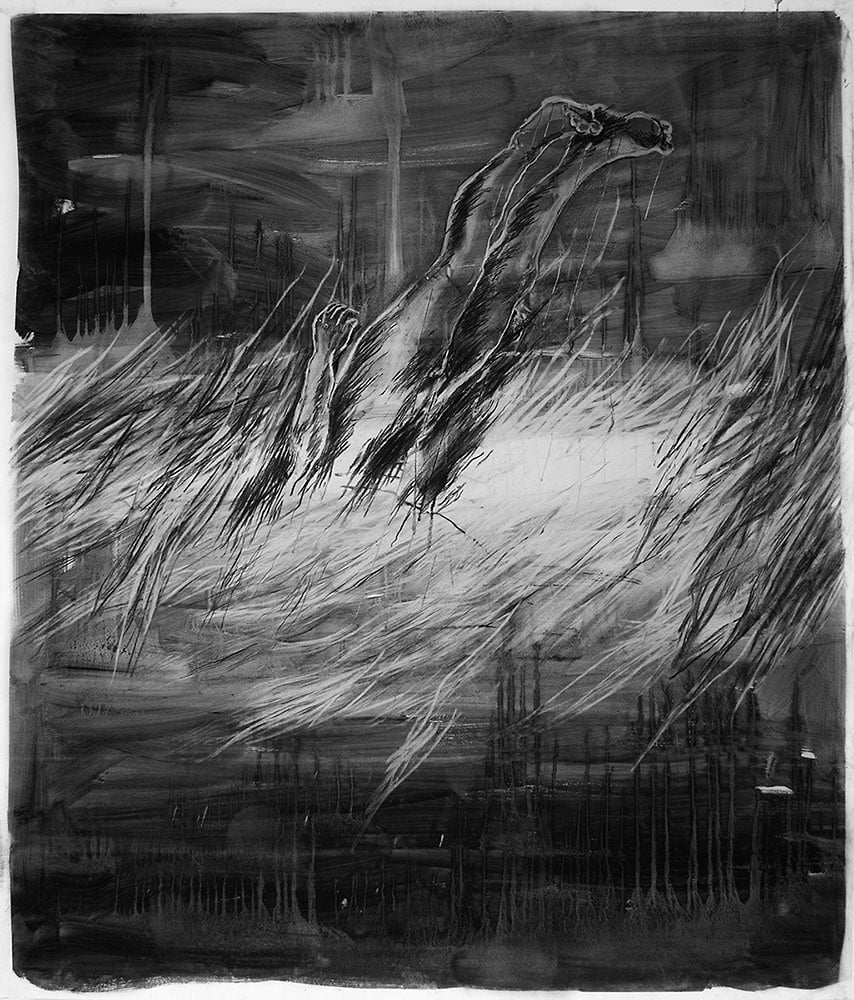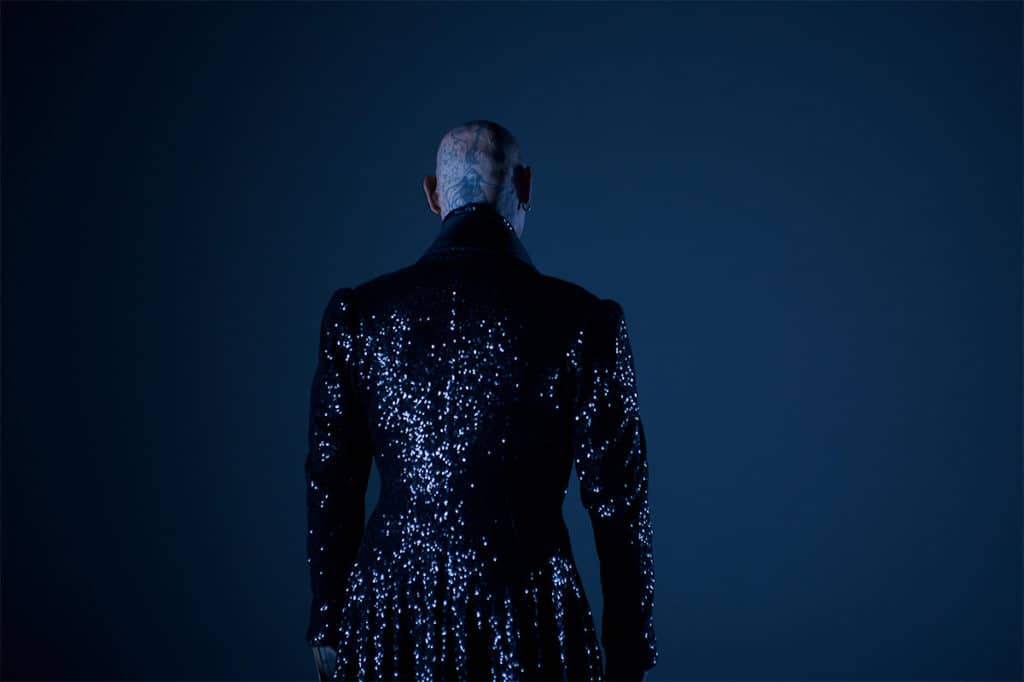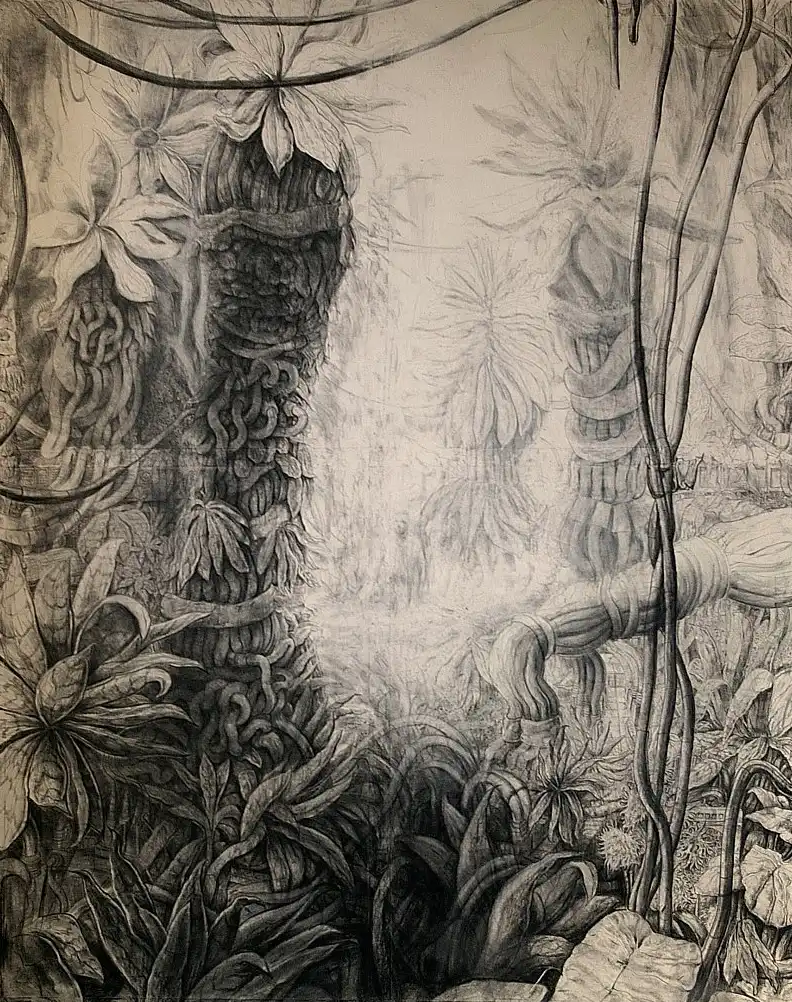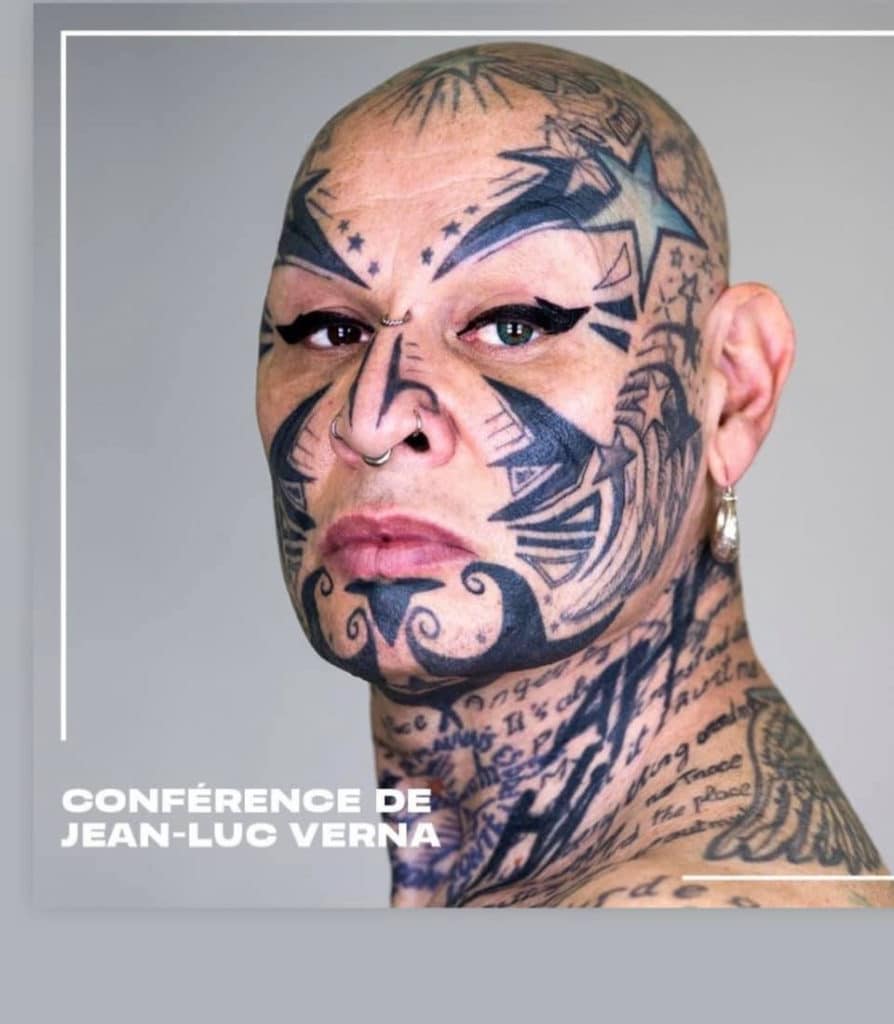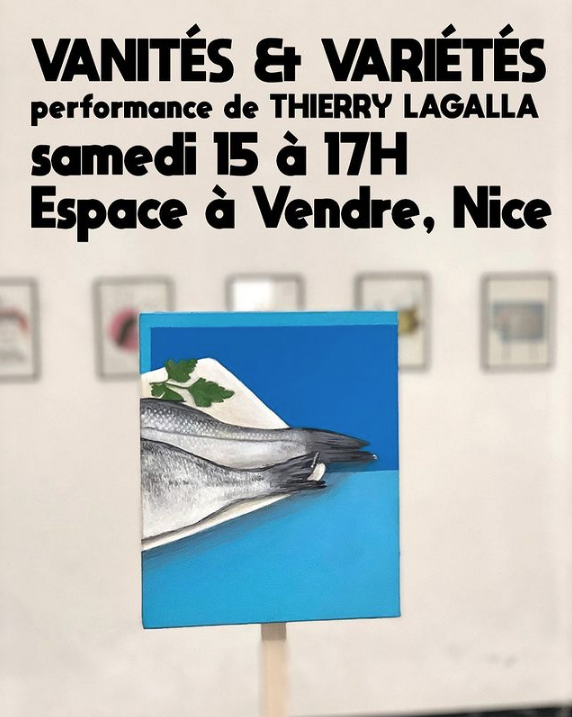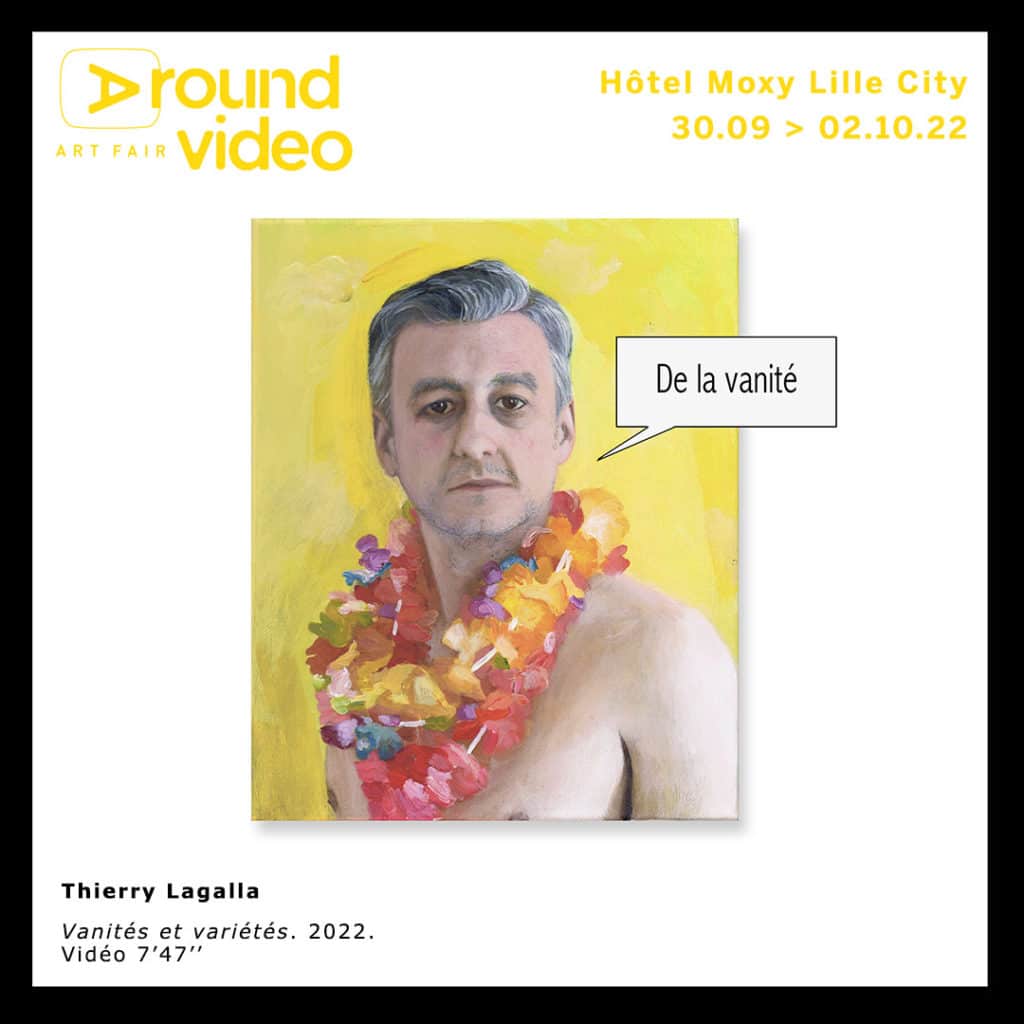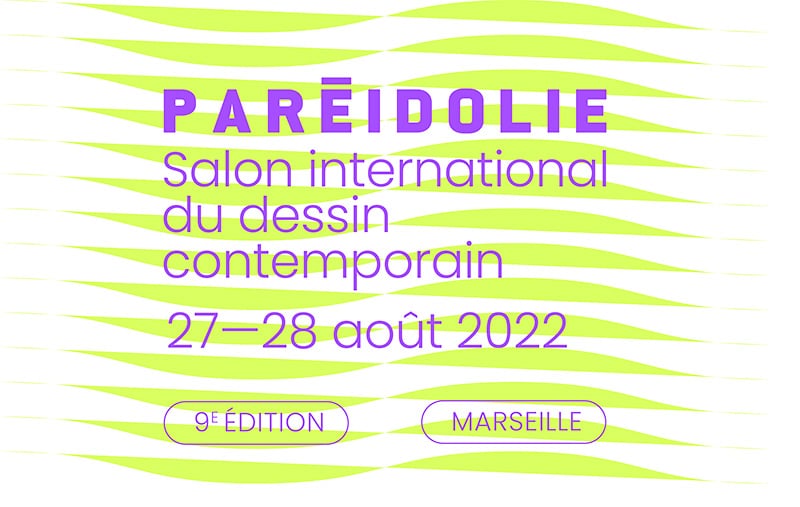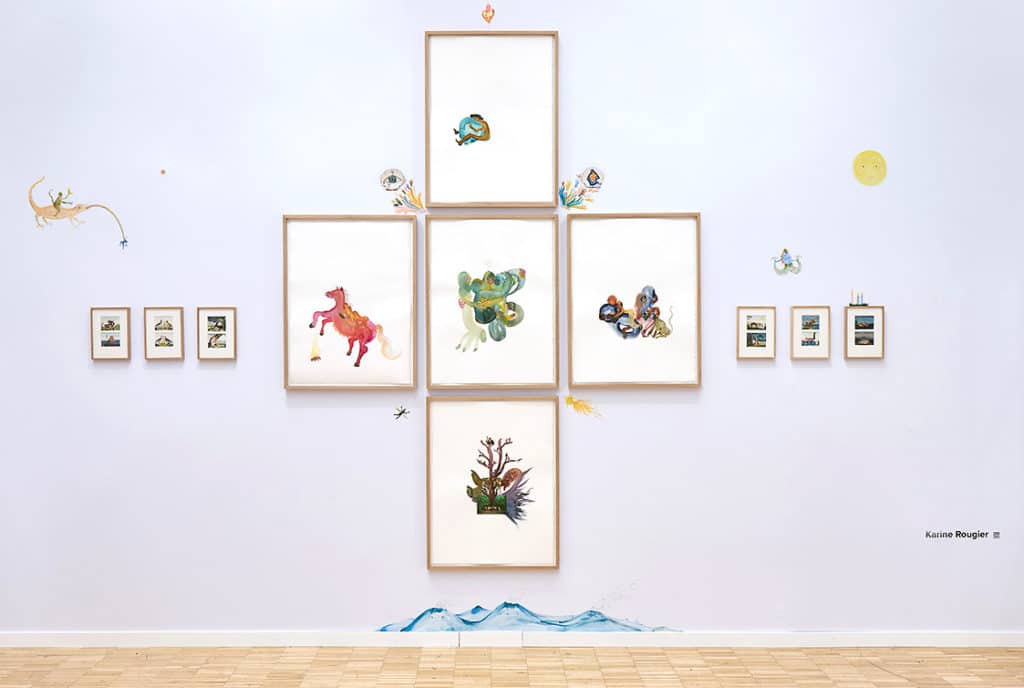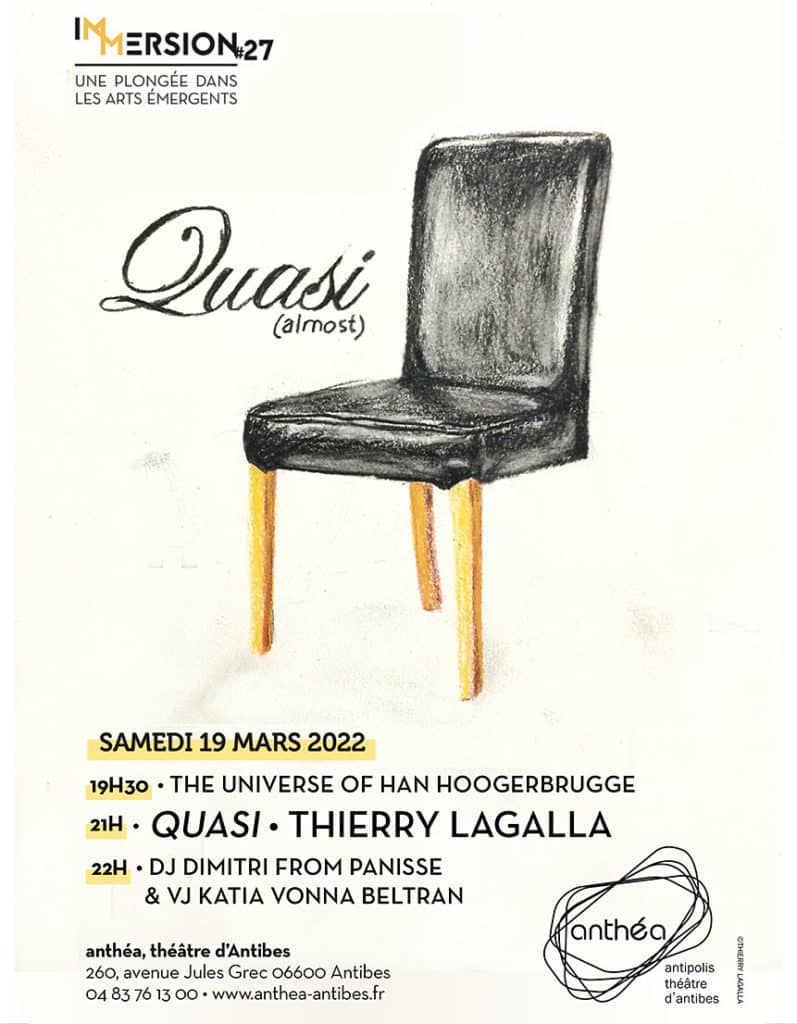The Fondation d’entreprise Hermès and the Magasins généraux present the exhibition “Formes du transfert” which brings together the visual artists who participated, between 2010 and 2020, in the Artists’ Residency program in the Hermès factories…
From November 2018 to March 2019, Emmanuel Régent immersed himself in the unique atmosphere of the Cristallerie Saint-Louis in Moselle, accompanied by Michel Blazy, his sponsor. He worked on two projects that required extensive experimentation. One, the Himmelsturz series, in homage to the flamboyant skies of the Moselle, perpetuates a series of watercolors initiated in his studio and allowed chance to interfere in the intimacy of the kiln to bring out the final mix of colors.
The other, The Shipwreck of Hope, which is based on the famous painting The Sea of Ice by Caspar David Friedrich (1774-1840) in 1824, was created through a process of digital deconstruction of the work, which then allowed for a volume interpretation by the artist.
«J’aime l’opposition entre les deux projets, car Le Naufrage de l’Espérance est vraiment un projet pensé au millimètre près, tandis que les “ciels de Saint-Louis” sont livrés à l’aléatoire. Pour Le Naufrage de l’Espérance, je suis simplement parti du célèbre tableau La Mer de glace peint en 1824 par Caspar David Friedrich, pour lequel j’ai cherché à créer la profondeur des volumes de glace, en cristal. L’idée était de penser toute la troisième dimension d’un tableau avec l’aide des nouvelles technologies et d’expérimenter la façon dont l’outil informatique peut nous aider à accéder à cet espace “impossible” de la peinture.”
(“I like the opposition between the two projects, because The Shipwreck of Hope is really a project thought out to the millimeter, while the “skies of St. Louis” are delivered at random. For The Shipwreck of Hope, I simply started from the famous painting The Sea of Ice painted in 1824 by Caspar David Friedrich, for which I sought to create the depth of the volumes of ice, in crystal. The idea was to think the whole third dimension of a painting with the help of new technologies and to experiment with how the computer tool can help us access this ‘impossible’ space of painting.”)




